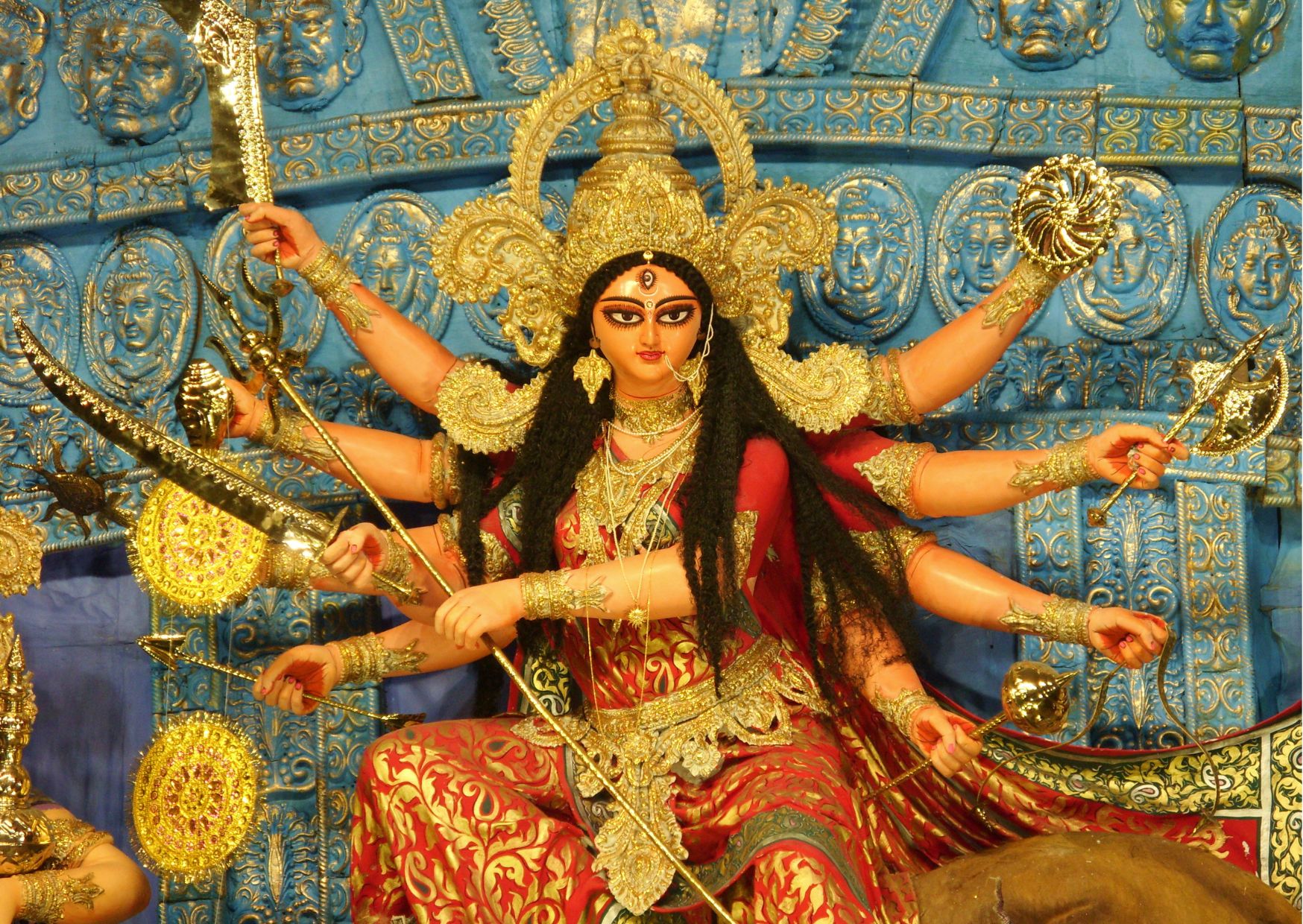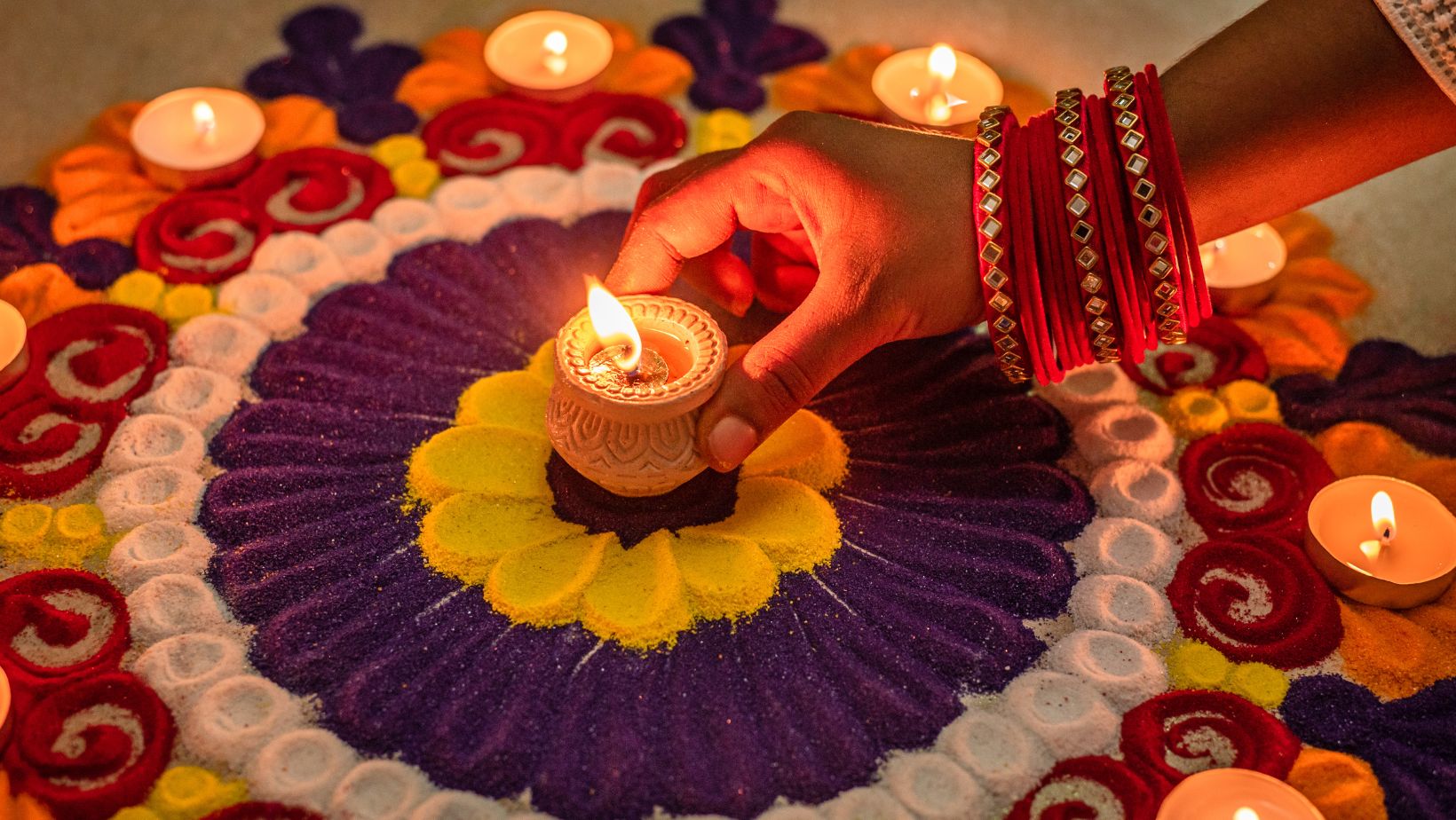Sanskrit names for geometric shapes!
Embracing the beauty and wisdom of Sanskrit by exploring Sanskrit names for basic shapes
The Sanskrit language is one of the oldest and richest languages in the world. It is often considered the mother of many languages and has a vast vocabulary. One of the interesting aspects of the Sanskrit language is the usage of descriptive words for different objects, which includes basic shapes. When ancient Indians could create impossible architectural marvels centuries ago, obviously they did so with the knowledge of advanced geometry, mathematics, and science. In this blog, we will explore the:
Sanskrit names for basic shapes in रेखागणितम् or rekhāgaṇitam or geometry
- Vartulaḥ - Circle: The Sanskrit name for the circle is 'vartulaḥ'. The word 'vartula' is derived from the Sanskrit root ‘vṛt’, which means a turn or revolve. The circle is a shape that has no corners and is a perfect example of a revolution.
- Vargaḥ - Square: The Sanskrit name for the square is 'vargaḥ'. The word 'varga' is derived from the Sanskrit root ‘vṛj’, which means to separate, to divide. A square is a shape that divides itself into four equal sides, and each side surrounds the other three.
- Āyataḥ - Rectangle: The Sanskrit name for the rectangle is
- 'Āyataḥ'. The word 'āyata' is derived from the Sanskrit root 'ā-yam', which means expand and lengthen. A rectangle is a shape that is extended on two sides that are longer than the other two.
- Trikoṇaḥ- Triangle: The Sanskrit name for the triangle is 'trikoṇaḥ'. The word 'trikoṇa' is derived from the Sanskrit words 'tri', which means three, and 'koṇa', which means angle. A triangle is a shape that has three angles. The word 'koṇa' comes from the root-sound 'kuṇ' which means to make a sound. Perhaps when something is bent to create an angle, sound is produced. 'Koṇa' is also a joint. Any joint or junction does make a sound.
- Aṇḍākāraḥ - Oval: The Sanskrit name for the oval is 'aṇḍākāraḥ'. The word 'aṇḍa' means egg, and 'ākāra' means shape. An oval is a shape that resembles the shape of an egg.
- Dīrghacaturaśraḥ - Parallelogram: The Sanskrit name for the parallelogram is 'dīghacaturaśraḥ'. The word 'dīrgha' means long or extended, and 'caturaśra' means quadrilateral. A parallelogram is a quadrilateral with two pairs of parallel sides, and one pair of sides is longer than the other.
- Viṣamacaturaśraḥ - Trapezium: The Sanskrit name for the trapezium is 'viṣamacaturaśraḥ'. The word 'viṣama' means unequal or uneven, and 'caturaśra' means quadrilateral. A trapezium is a quadrilateral with one pair of parallel sides that are unequal in length.
- Pañcabhujaḥ - Pentagon: The Sanskrit name for the pentagon is 'pañcabhujaḥ'. The word 'pañca' means five, and 'bhuja' means side. A pentagon is a shape with five sides.



